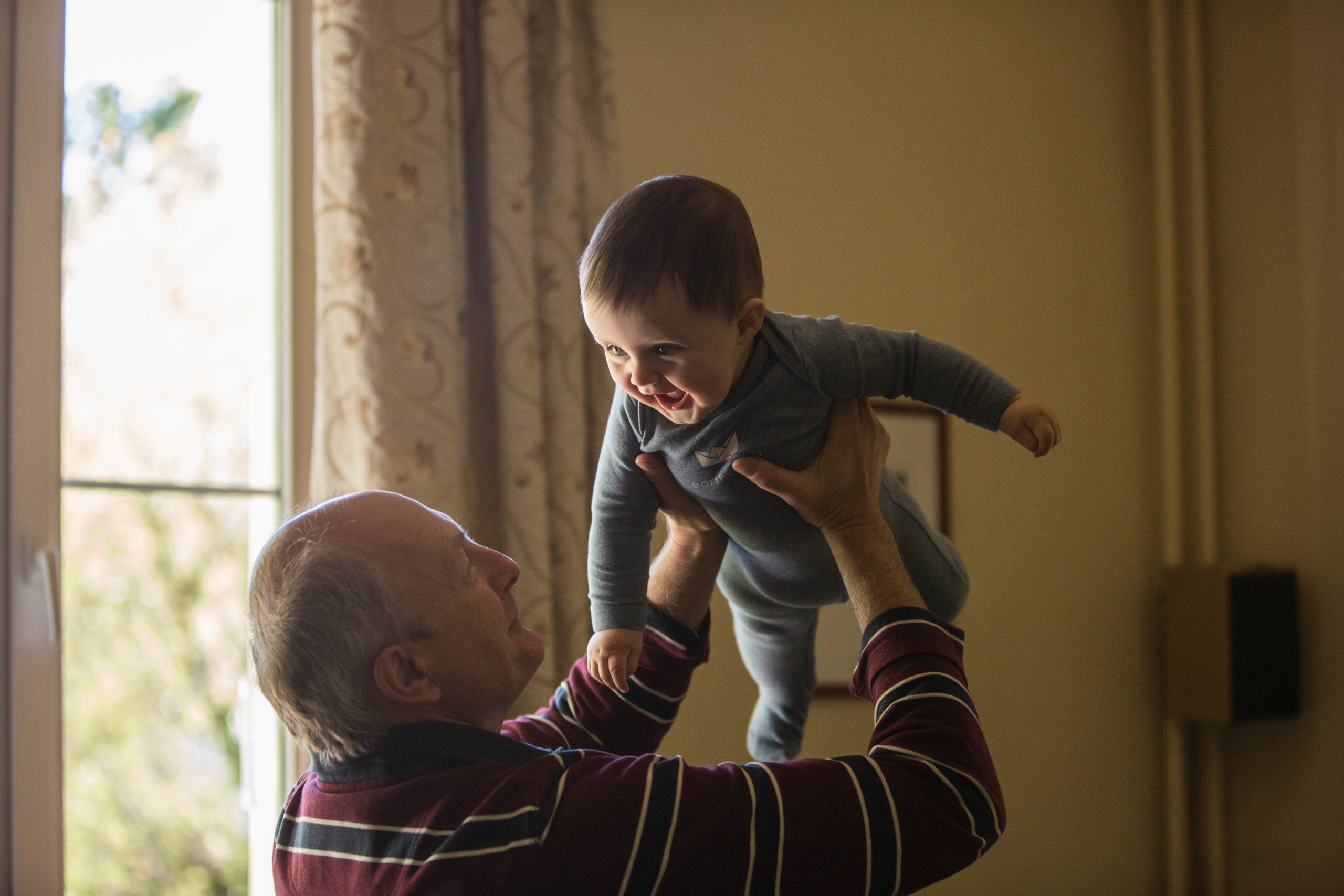
Lauren Dempsey, MS in Biomedicine and Law, RN, FISM News
[elfsight_social_share_buttons id=”1″]
A new report published by the CDC’s National Center for Health Statistics found that life expectancy significantly declined in the United States between 2019 and 2020.
The agency analyzed data from 2020 which showed that the COVID-19 pandemic and “increases in unintentional injuries (mainly drug overdose deaths)” were the main causes of lowering life expectancy.
Aside from drug overdoses, however, the report does not specify other causes of death that are included in either the “Covid-19 pandemic” or “unintentional injuries” categories.
According to WHO statistics, over 1 million people have died of COVID-19 in the United States. However, this data is not differentiated by deaths from the virus or those who died from other causes while carrying the virus.
With the combination of the virus, increases in suicide amongst young people, drug-related deaths up 28.8%, alcohol-related deaths up 25.5%, and deaths involving alcohol and opioids up 40.8%, the U.S. saw a 17% increase in the overall death rate between 2019 and 2020 according to previously released CDC data.
Life expectancy at birth for the entire United States was 77.0. Hawaii led the way with the longest life expectancy of 80.7. It also saw the smallest decline in life expectancy between 2019 and 2020, with just a 0.2-year change.
Statistically, lower income equals shorter life
Mississippi had the shortest life expectancy at 71.9 and tied for the fifth-highest decrease in expectancy (-2.5) in 2020. Notably, Mississippi had the lowest median household income ($45,792) in 2019 of any state by more than $3,000. Mississippi also has the highest percentage black population (36.6%) of any state by a gap of 5.2%.
According to new research, the recent decline in life expectancy was more drastic in minorities and certain socioeconomic groups. A study that was published last month in the Journal of American Medical Association found that between 2019 and 2021, the life expectancy for Latino Californians fell by almost six years, twice the average decline of about three years for all Californians. Researchers also found that it decreased by almost four years for Black Californians and by three years for Asian Californians.
The gap in life expectancy increased between rich and poor. Previously, the poorest individuals in the state could expect to live almost 12 years fewer than the richest, but in 2021 that gap increased to almost 16 years. Till von Watcher, a UCLA economics professor and California Policy Lab faculty director and co-authors of this study said their research is “another troubling sign of how the pandemic’s impact was not felt evenly across all communities.”
However, in a similar study that evaluated life expectancy between 2018 and 2020, researchers found that the COVID-19 pandemic exacerbated an already troubling decline over the last few decades. Researchers similarly found that life expectancy trends seemed to be declining more significantly for racial minorities and the overall decline across the U.S. was 8.5 times greater when compared to 16 other high-income countries.
Co-author and an assistant professor of sociology at CU Boulder’s Institute for Behavioral Science, Ryan Masters says that compared to other countries, the declines the U.S. was seeing previously “were only marginal,” but the effects of COVID have “been just atrocious.” This is in part due to the overall health of Americans and what Masters called an “obesogenic environment” in which obesity, heart disease, and chronic disease are widespread among the population.
Dr. Steven Woolf, professor of population health and health equity at Virginia Commonwealth University, was the lead author of the study. He said that the U.S. hasn’t seen such a drop in life expectancy since 1943.
“It’s like nothing we have seen since World War II,” Woolf said.
Masters added, “If this doesn’t bring shock and alarm to how poor the U.S. is doing in terms of population health, I don’t know what will.”
COVID pandemic hits New York the hardest
New York had the biggest decline across the country, with residents expected to live three years less than they had been in 2019. Notably, then-Gov. Andrew Cuomo forced nursing homes in New York to admit COVID-19 patients for six weeks beginning March 25, 2020, a move that likely led to the deaths of hundreds, or more, senior citizens within those care facilities.
Data also showed that overdose deaths in New York City over the 12-month period beginning March 2020 spiked 36% compared to the previous year.
Overall, life expectancy in the United States declined by almost 2 years from 2019 to 2020 and the difference between men’s and women’s life expectancy was 5.7, with women having a longer life expectancy in every state.
